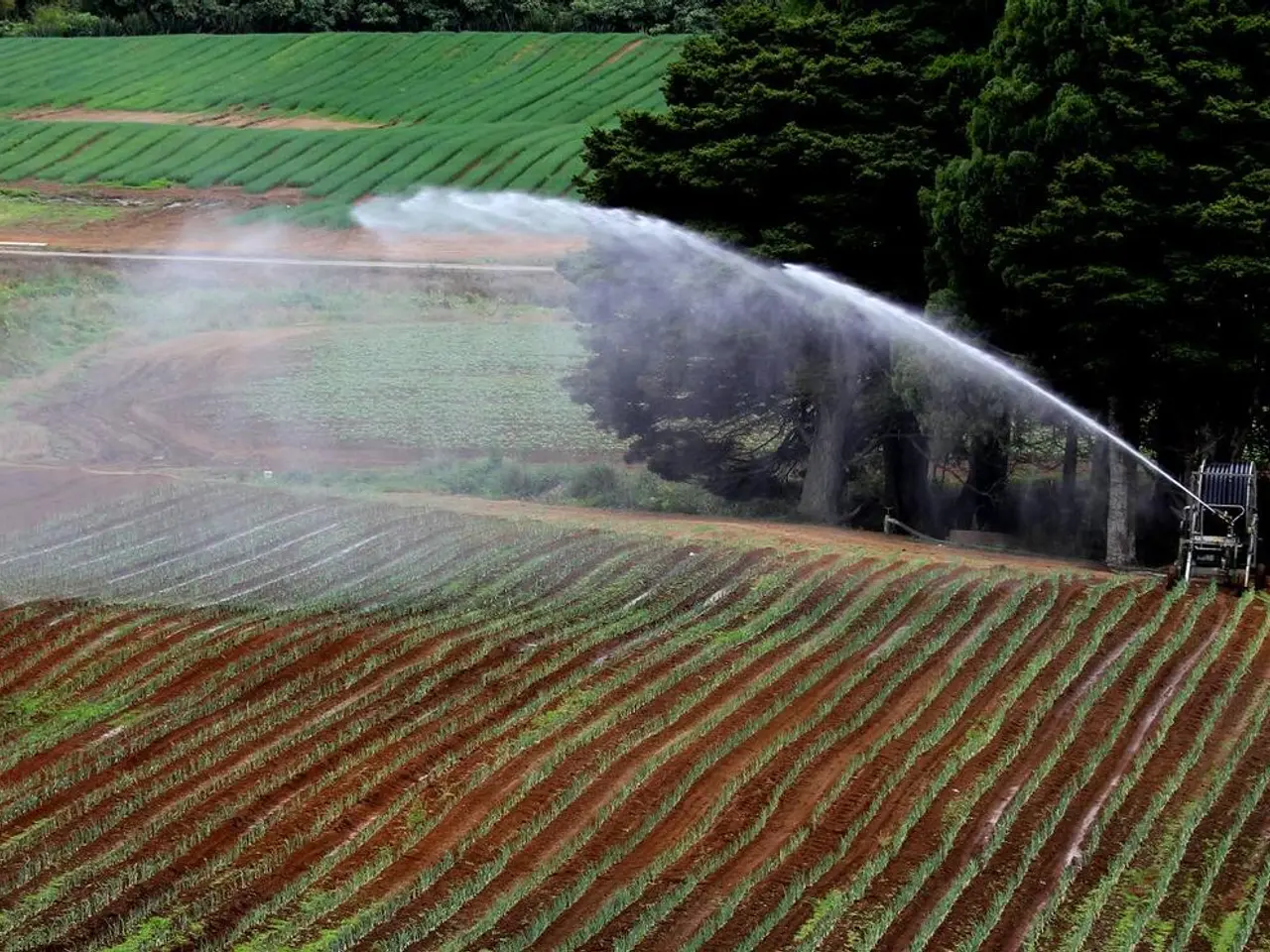Urgent Call for Global Investment in Drought Resistance: OECD Recommendation
The Organization for Economic Cooperation and Development (OECD) has issued a report highlighting the growing threat of droughts in a warming world and proposing solutions to adapt and build resilience against increasing drought risks.
According to the report, drought frequency and severity will significantly increase, with about 25% of the world's land mass currently exposed to drought, up from 10% in the early 1900s. This trend is projected to have severe socio-ecological effects, with water shortages causing a third of all deaths from natural disasters and exacerbating poverty, hunger, energy insecurity, and ecosystem collapse.
The report also notes that economic losses and damages from droughts are increasing annually at a rate of 3-7.5%, with projections suggesting a 35% increase in average drought costs by 2035 compared to today. Agriculture is the hardest hit sector, with crop yields potentially declining by up to 22% in especially dry years.
In response to these predictions, the OECD suggests that every dollar invested in water management, climate-resilient farming, and forest and wetland conservation could potentially return $10 by lessening the impact of future droughts.
The report emphasizes the need for integrated policy approaches to improve water management, promote climate-resilient agriculture, protect ecosystems, and enhance infrastructure resilience. OECD countries are focusing on combining drought risk management with broader adaptation strategies, including water security, sustainable land use, and infrastructure resilience.
Specific national examples include Australia's water security diversification including desalination and agricultural resilience funding, Canada's proactive drought adaptation linked to agriculture and forestry, and Germany's sustainable land-use planning and agricultural and forest management with measurable drought resilience targets.
The report also underscores the importance of nature-based solutions (NbS) for drought risk reduction. Hungary and others emphasize this approach, which targets drought risk reduction by restoring ecosystems such as wetlands and river systems.
Moreover, the report indicates the need for comprehensive monitoring and early warning systems to better understand and manage impacts on livelihoods and ecosystems.
However, the report does not specify the potential economic impact of the predicted increase in droughts, provide any case studies or examples to support its claims about the potential returns from the investments, suggest specific strategies for addressing the predicted increase in droughts, or discuss any potential alternatives to the proposed investments.
The report also does not provide details on how the proposed investments would be distributed across different regions, discuss any potential challenges or obstacles in implementing the proposed investments, specify the exact amount of investment needed to achieve the proposed return, or mention any potential negative consequences or trade-offs associated with the proposed investments.
Despite these gaps, the OECD report underscores the urgent need for global investment in drought resilience to mitigate the growing threat of droughts in a warming world.
- The urgent need for global investment in drought resilience, as proposed by the OECD, is highlighted in the report due to the growing threat of droughts in a warming world, with historical drought frequency and severity expected to increase significantly.
- The OECD report suggests that integrated policy approaches are crucial for improving water management, promoting climate-resilient agriculture, protecting ecosystems, and enhancing infrastructure resilience to lessen the impact of future droughts.
- According to the report, investments in water management, climate-resilient farming, and forest and wetland conservation have the potential to return $10 for every dollar invested, making them vital in the face of escalating drought risks globally.








